As cannabis consumption evolves, more people in 2025 are moving away from smoking and exploring low-dose edibles as a healthier, more controlled alternative. Unlike inhalation, edibles offer a smoke-free experience that avoids lung irritation while delivering longer-lasting effects. For those making the transition, understanding how edibles work, how to manage dosage, and how to adapt to their delayed onset is essential. Low-dose options, typically ranging from 2.5 to 5 mg of THC per serving, allow users to enjoy the plant’s benefits without overwhelming intoxication. This shift not only supports better respiratory health but also provides a more discreet and often more predictable way to enjoy cannabis. Whether for wellness, recreation, or a gradual tolerance reduction, switching to edibles in 2025 has become a significant trend among health-conscious cannabis consumers.
Why Switch from Smoking to Edibles
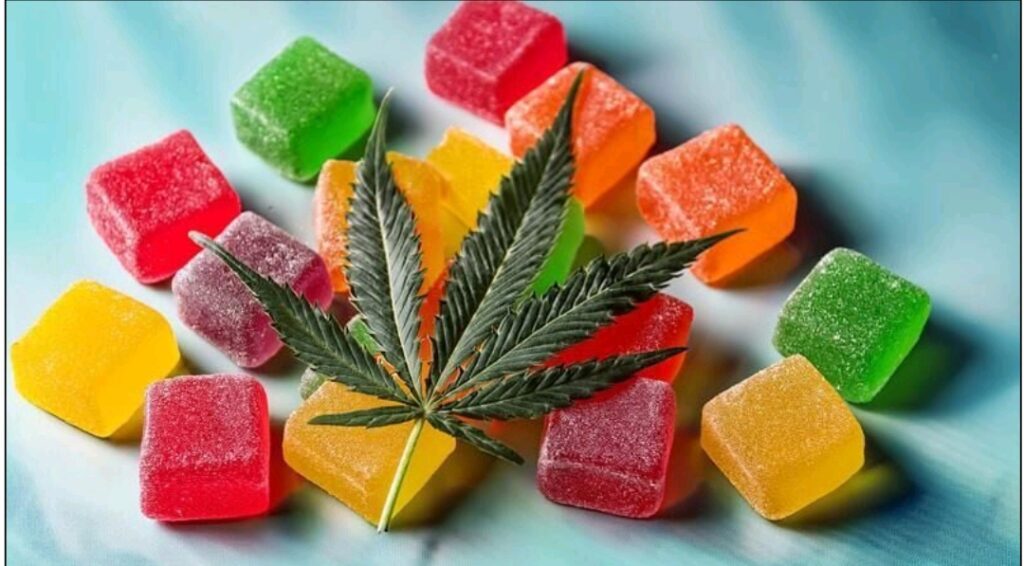
The move from smoking to edibles is driven by both health and lifestyle considerations. Smoking cannabis, while offering rapid onset, exposes the lungs to combustion by-products that can cause irritation over time. In contrast, edibles eliminate the need for inhalation entirely, making them a cleaner option for those with respiratory concerns or a desire to preserve long-term lung health. Many users also find that edibles provide a more subtle, steady experience without the peaks and crashes associated with smoking. The absence of smoke and odor makes edibles more socially discreet, which is appealing in situations where privacy is important. With the 2025 market offering a wide variety of edible products—from gummies and chocolates to infused beverages—users have more opportunities than ever to customize their cannabis experience while avoiding the downsides of smoking.
Understanding Edible Onset and Duration
One of the most significant differences between smoking and edibles is the way the body processes THC. When cannabis is smoked, cannabinoids enter the bloodstream quickly through the lungs, leading to effects within minutes. With edibles, THC is absorbed through the digestive system and metabolized in the liver, a process that can take anywhere from 30 minutes to two hours before effects are felt. This delayed onset requires patience and careful dosing, especially for those new to edibles. However, the trade-off is a much longer-lasting effect—often four to eight hours—making edibles ideal for sustained relief or extended recreational sessions. Understanding this timeline is critical to avoiding overconsumption, which is why starting with a low dose and waiting before taking more is the golden rule in 2025.
Benefits of Low-Dose Edibles
Low-dose edibles, typically containing between 2.5 and 5 mg of THC per serving, have become increasingly popular among both new and experienced cannabis users. These products offer the ability to fine-tune the cannabis experience, allowing consumers to enjoy mild relaxation, enhanced mood, or gentle creativity without heavy sedation or cognitive impairment. For medical patients, low doses can provide therapeutic benefits—such as reduced anxiety, improved sleep, or relief from chronic pain—without interfering with daytime activities. From a social perspective, low-dose edibles make it easier to remain functional and engaged in conversation, work, or creative projects. In 2025, with wellness trends emphasizing balance and moderation, low-dose edibles are seen as a smart and sustainable way to incorporate cannabis into daily life.
Tips for Transitioning Successfully
Making the switch from smoking to edibles requires planning and experimentation to find the ideal dosage, product type, and consumption schedule. Beginners are advised to start with the lowest possible dose and increase gradually over multiple sessions to assess tolerance. Because edibles have a delayed onset, it’s important to avoid the common mistake of taking more before the first dose has fully kicked in. Pairing edibles with food can help stabilize absorption, while keeping track of strain type—such as indica, sativa, or hybrid—can help refine the desired effect. Additionally, paying attention to THC-to-CBD ratios allows for greater control, as CBD can help moderate THC’s psychoactive effects. By approaching the transition with patience and mindfulness, users can ensure a smooth shift to edibles without discomfort or unwanted intensity.
The Future of Edibles in 2025 and Beyond
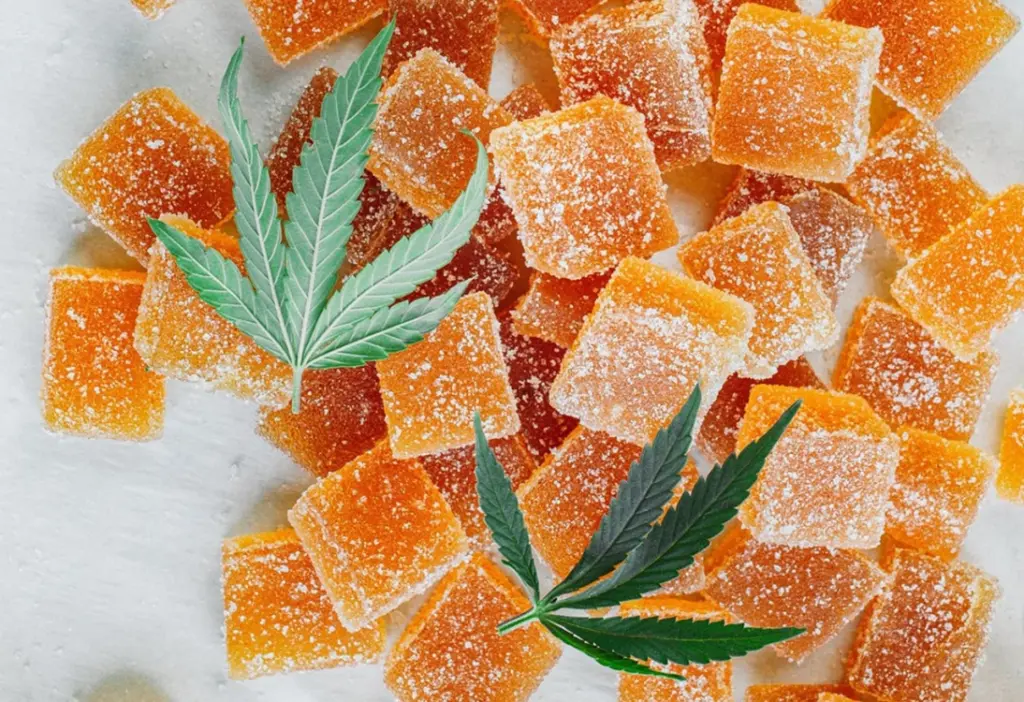
The edible cannabis market in 2025 is more innovative and accessible than ever, offering consumers a range of products that cater to different tastes, dietary needs, and potency preferences. Advances in nanoemulsion technology have led to faster-acting edibles, while improved labeling and testing standards give consumers greater confidence in product consistency and safety. Health-conscious cannabis users are increasingly adopting low-dose edibles as a way to enjoy cannabis while minimizing harm, and manufacturers are responding with more functional products infused with additional wellness ingredients such as adaptogens, vitamins, and herbal extracts. As the stigma around cannabis continues to fade, edibles are poised to become the preferred method of consumption for many, offering a controlled, flavorful, and lung-friendly alternative to smoking.
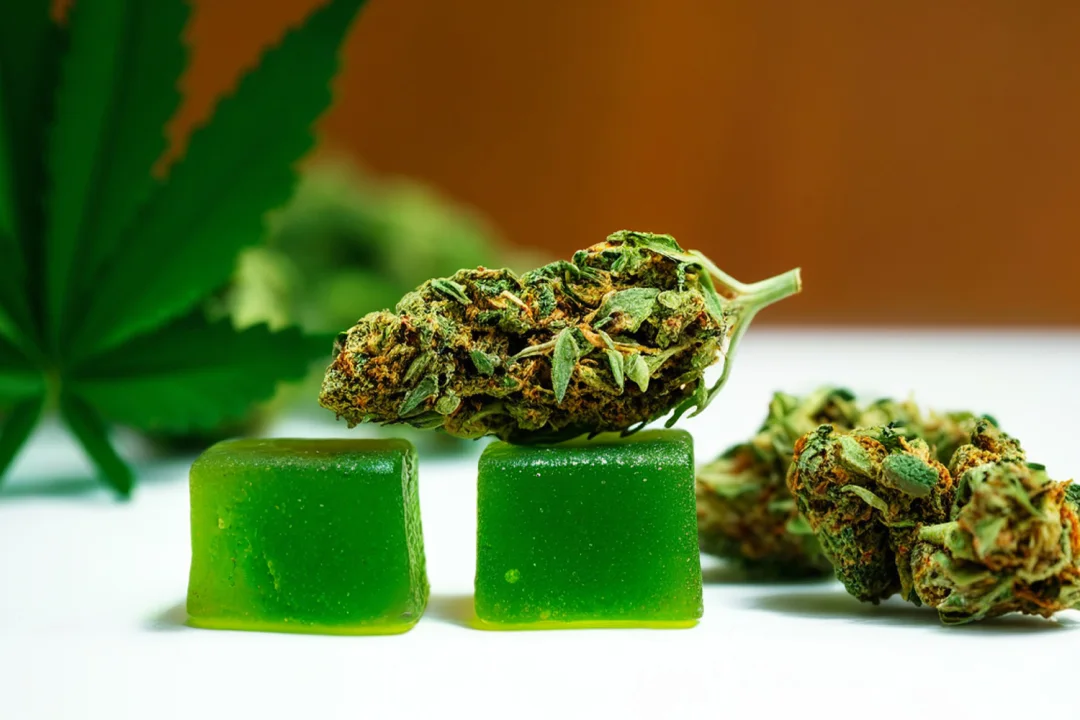

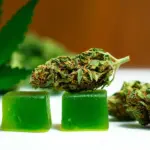


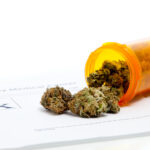
Leave a Reply